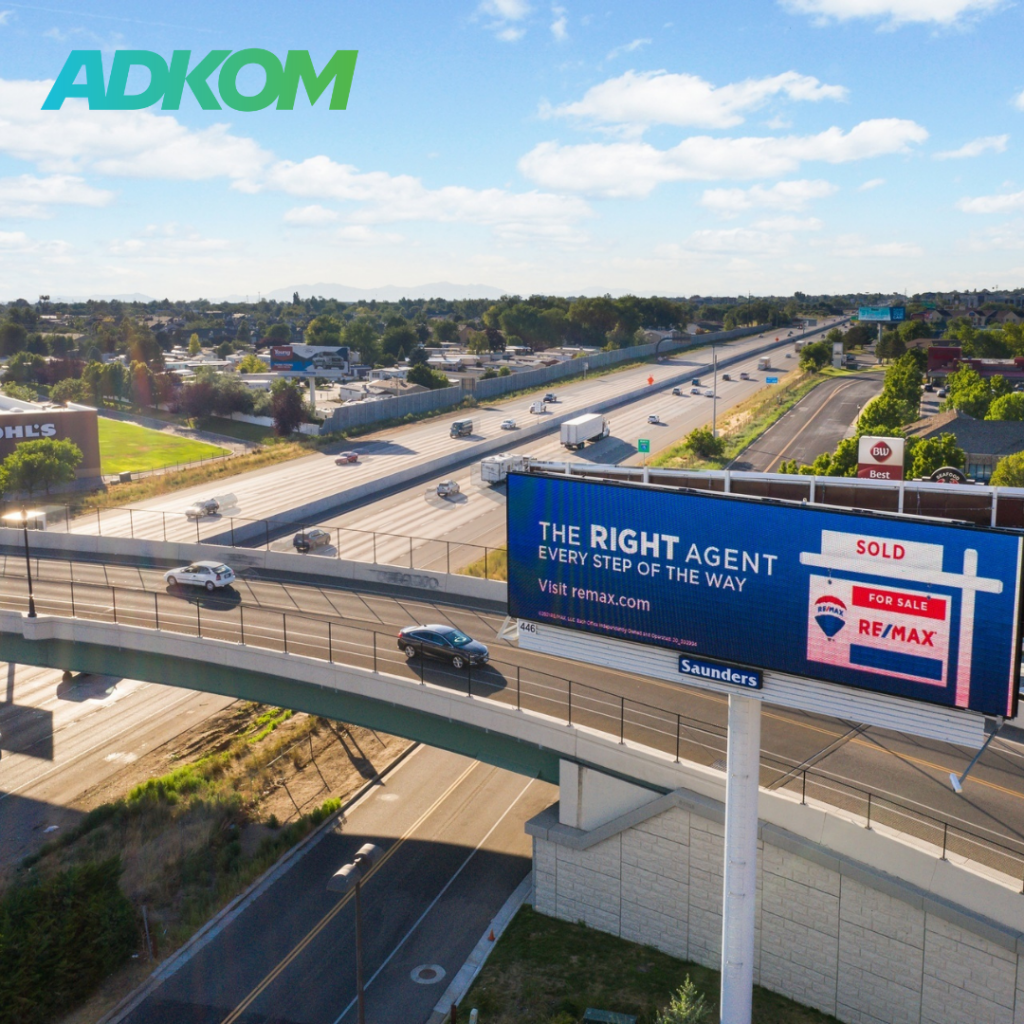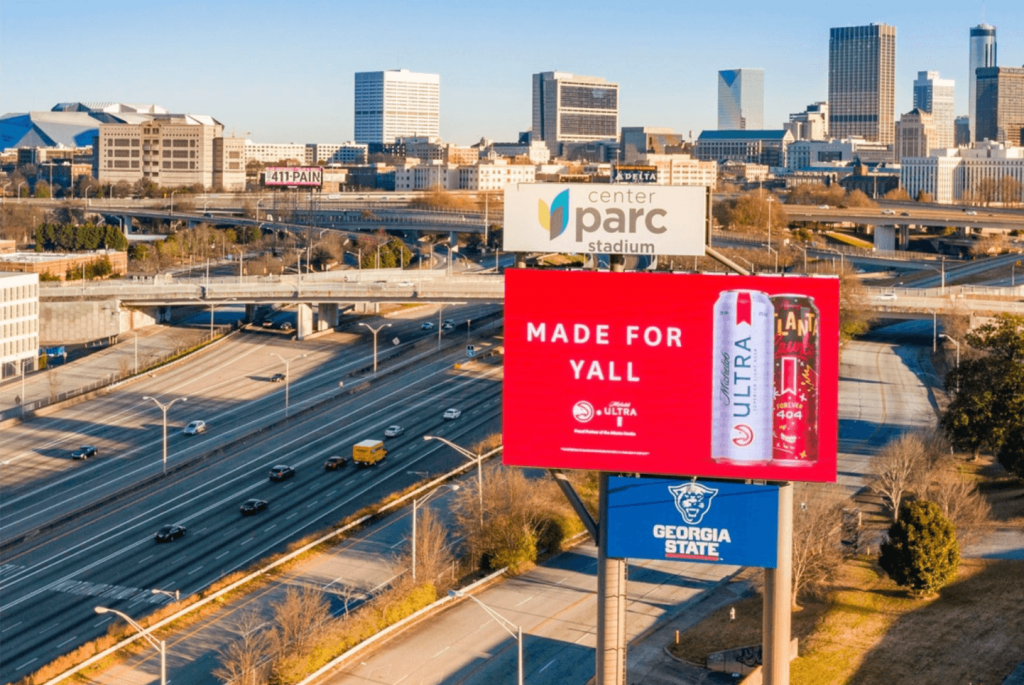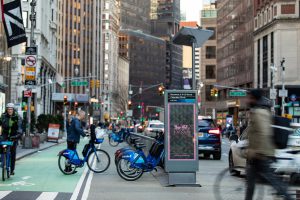Geopath Member Spotlight | Adkom
A conversation with Cedric Bernard, CEO of Adkom

Tell us a bit about your background and what led you to the formation of Adkom.

Before founding Adkom, I worked on the buy-side as co-CEO of Kinetic Worldwide, a division of WPP, where we specialized in planning and buying OOH media. It was easy to scale a plan through the big media companies, but it was challenging to do it across multiple smaller owners. I saw tremendous value in this independent under-utilized inventory and dreamt of building a system that could make it easy for national agencies and brands to access it.
That led me to partner with Blip Billboards, a self-serve OOH marketplace. They already had relationships with hundreds of independent media owners, plus the technology to unify them into a single media network. Together we formed Adkom to deliver this unique and mostly untapped OOH media to national agencies and brands.
Over the last two years since launch, what have you been most excited about as you’ve worked toward your mission to eliminate industry fragmentation and facilitate access to OOH?
We launched Adkom in April of 2020 when the market couldn’t be worse. Our slow start ultimately worked to our benefit as it allowed us to focus on fine-tuning our product while acquiring more media-owner partners.
Our platform unifies over 350 independent media owners into one seamless OOH network. Sending us a single RFP gives you immediate access to this choice inventory that previously would take too much time and effort to utilize.
What do you see as some of the key opportunities for the OOH industry in the coming year? What are some challenges?
Both the biggest challenge and the biggest opportunity is that we are behind other formats in terms of measurement, attribution, and reporting. OOH needs to deliver performance metrics and reporting the way that most other formats are already doing.
Geopath’s work in standardizing reporting and enabling performance-based planning is helping the OOH industry make strides towards achieving a level of measurability comparable to any other medium. When media planners have access to the same results across formats, they gravitate towards OOH because it is fundamentally the most impactful advertising medium.

Why is it beneficial for Adkom to be a member of Geopath?
National brands have a hard time leveraging small, independent media owners in part because they are not Geopath members, meaning they don’t have the measurement capabilities that Geopath members have. By partnering with Adkom, thanks to Geopath we’re able to provide them with the measurement needed to sell their inventory to national brands and agencies.
How have the needs of national brands changed over the last few years as it relates to their advertising strategies? From your perspective, how does OOH best meet their needs?
Brands are looking for solutions that can get their ads in front of their audiences, wherever and whenever. Omnichannel buying platforms deliver on this and greatly simplify the media planning process. It doesn’t matter if it’s mobile, TV, or place-based inventory – omnichannel DSPs are viewing the “screen” as a place where we can push content.
In the long term, we will need to have traditional OOH be as automated and accessible as possible to keep growing and meet the needs of planners, buyers, and brands.

What’s the best OOH campaign you’ve ever seen? What made it stand out to you?
When I was at Kinetic, we executed a campaign for United Airlines in New York City on digital taxi-tops. They were trying to build awareness of the relative closeness of the Newark airport. The taxi-tops displayed the time or distance from the taxi location to both EDR and JFK. Having lived in New York for so many years, I had the preconceived notion that it takes longer to get to Newark than to JFK. It was clever to utilize real-time and location data to drive consumer sentiment in a format that could physically take you to the airport if you hopped in.
